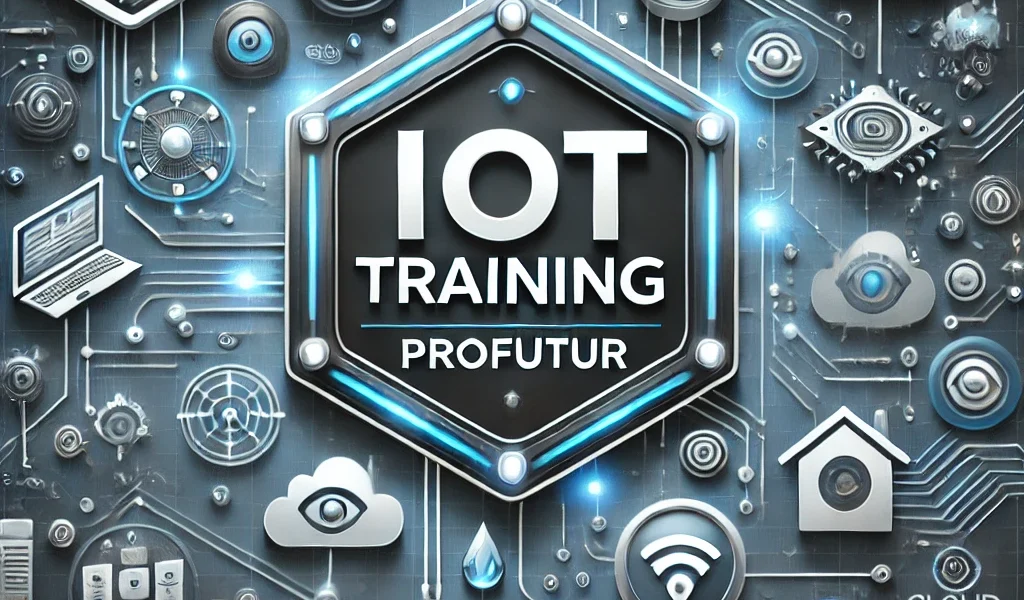mpowering the Future: A Comprehensive Guide to IoT Training
The Internet of Things (IoT) is reshaping industries, cities, and homes, connecting everyday objects to the internet and transforming how we interact with the world. From smart appliances and connected vehicles to advanced industrial sensors and healthcare systems, IoT is everywhere. As this technology continues to evolve and expand, it’s crucial for professionals to gain the skills needed to thrive in the IoT-driven future.
In this guide, we’ll explore why IoT training is vital, what topics should be covered, and how it can help individuals and businesses stay ahead of the curve.
Why IoT Training Matters
The potential of IoT is immense, and its growth trajectory shows no signs of slowing down. However, with this rapid expansion comes a significant skills gap. Businesses and industries need skilled professionals who can design, deploy, and manage IoT systems. The demand for IoT expertise is growing across various sectors, including manufacturing, healthcare, logistics, agriculture, and more.
IoT training empowers individuals to:
- Understand how IoT systems work and how they can be integrated into existing infrastructures.
- Develop the technical skills required for designing and implementing IoT solutions.
- Address challenges like security, data management, and device interoperability.
- Stay competitive in a tech-driven job market.
Key Topics in IoT Training
A comprehensive IoT training program should cover a broad range of topics to ensure participants gain a deep understanding of the technology. Here are the key areas to include in IoT training:
IoT Fundamentals
This foundational module introduces IoT, its components, and the essential technologies behind it. Topics covered include:
What is IoT?: Understanding the basic concept and applications of IoT in daily life.
IoT Architecture: Overview of the hardware (sensors, devices), communication protocols, and cloud infrastructure.
Key IoT Applications: Exploring how IoT is applied in smart homes, healthcare, industrial automation, agriculture, and transportation.
Sensors and Actuators
IoT systems are powered by sensors and actuators. A deep dive into these components will help trainees understand how data is collected and how it drives action. Topics include:
- Types of sensors (temperature, motion, pressure, etc.)
- Sensor integration and calibration
- Actuators and their role in executing commands based on sensor data
Connectivity Protocols
For IoT devices to communicate with each other, they need reliable connectivity. Training should cover different communication protocols used in IoT networks:
- Wi-Fi, Bluetooth, Zigbee, and Z-Wave
- Cellular and LPWAN (Low Power Wide Area Network)
- Protocols for Device-to-Cloud Communication like MQTT and CoAP
IoT Cloud Platforms
Understanding how IoT systems interact with cloud platforms is crucial for data storage, analysis, and management. In this module, participants learn about:
- Major IoT cloud platforms (AWS IoT, Microsoft Azure IoT, Google Cloud IoT)
- Data ingestion, processing, and analytics in the cloud
- Integrating IoT devices with cloud services for real-time monitoring and control
Data Analytics and AI in IoT
The data generated by IoT devices can be overwhelming. IoT training should teach how to extract meaningful insights from this data. Topics include:
- Data processing and visualization
- Introduction to AI and machine learning for predictive analytics in IoT
- Real-world examples of IoT data used for decision-making in industries like healthcare and manufacturing
IoT Security
As IoT devices proliferate, they present new security risks. Training should emphasize best practices for securing IoT systems, including:
- Common IoT vulnerabilities and threats
- Encryption and authentication techniques
- Secure data transmission and storage
- IoT security standards and frameworks
IoT Application Development
For those interested in developing their own IoT solutions, this module covers:
- Programming languages commonly used in IoT (C, Python, JavaScript)
- IoT development platforms (Raspberry Pi, Arduino, etc.)
- Building and deploying IoT applications from scratch
Hands-On Training and Real-World Projects
One of the most important aspects of any IoT training program is hands-on experience. Theoretical knowledge is crucial, but applying what’s learned in real-world scenarios is where the magic happens. Look for training programs that offer practical sessions, such as:
- Building and configuring IoT devices
- Developing IoT applications
- Simulating IoT networks and troubleshooting issues
Working on real-world projects also helps learners build a portfolio that can be showcased to potential employers or clients.
IoT Training for Businesses
For businesses looking to integrate IoT into their operations, investing in team-wide IoT training is a strategic move. Not only does this ensure that employees have the necessary skills to adopt and innovate with IoT solutions, but it also boosts productivity and improves the overall efficiency of business processes.
By training teams in IoT, businesses can:
- Accelerate the deployment of IoT projects
- Enhance operational efficiency through automation
- Improve customer experiences through connected devices
- Foster innovation by leveraging IoT-driven insights
Conclusion: The Path Forward
IoT training is no longer a luxury but a necessity for individuals and organizations that want to stay competitive in a technology-driven world. With the right training, professionals can unlock the full potential of IoT, driving innovation and success across a wide array of industries.

